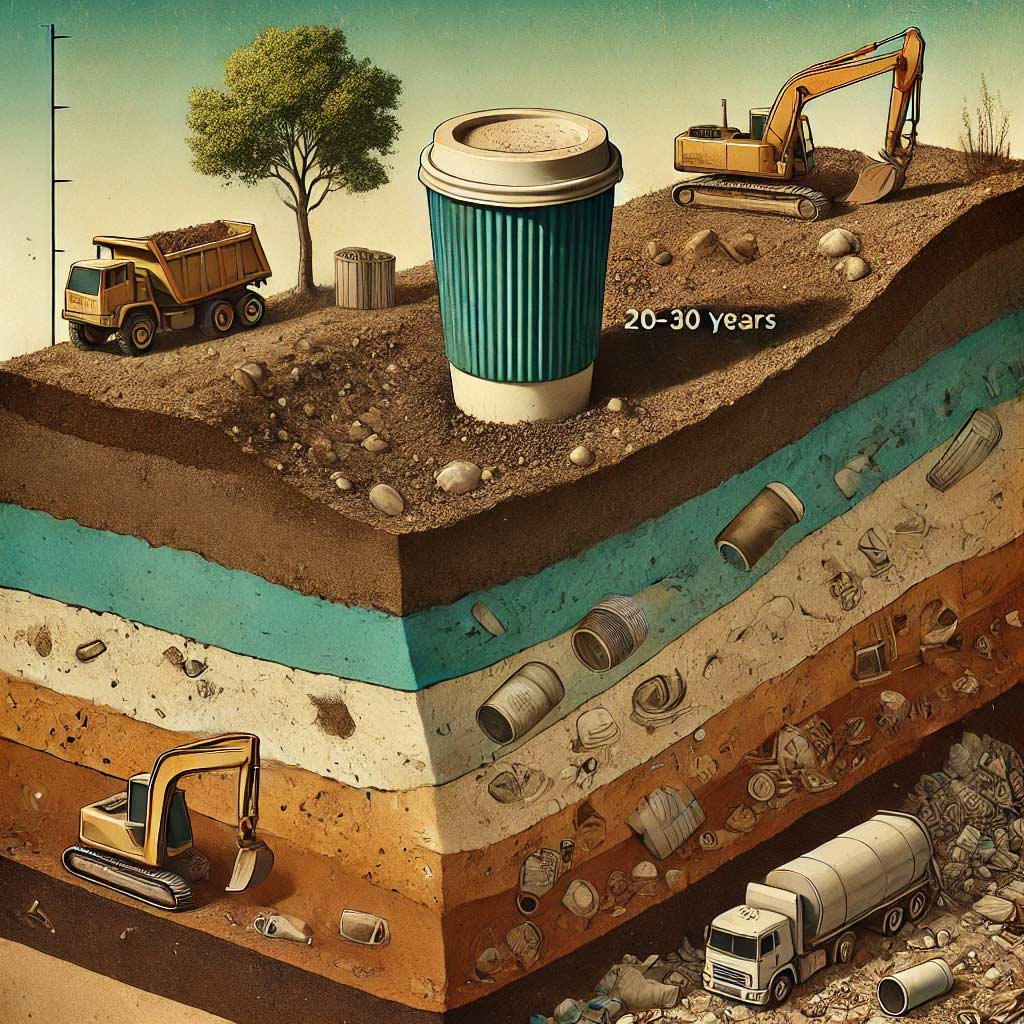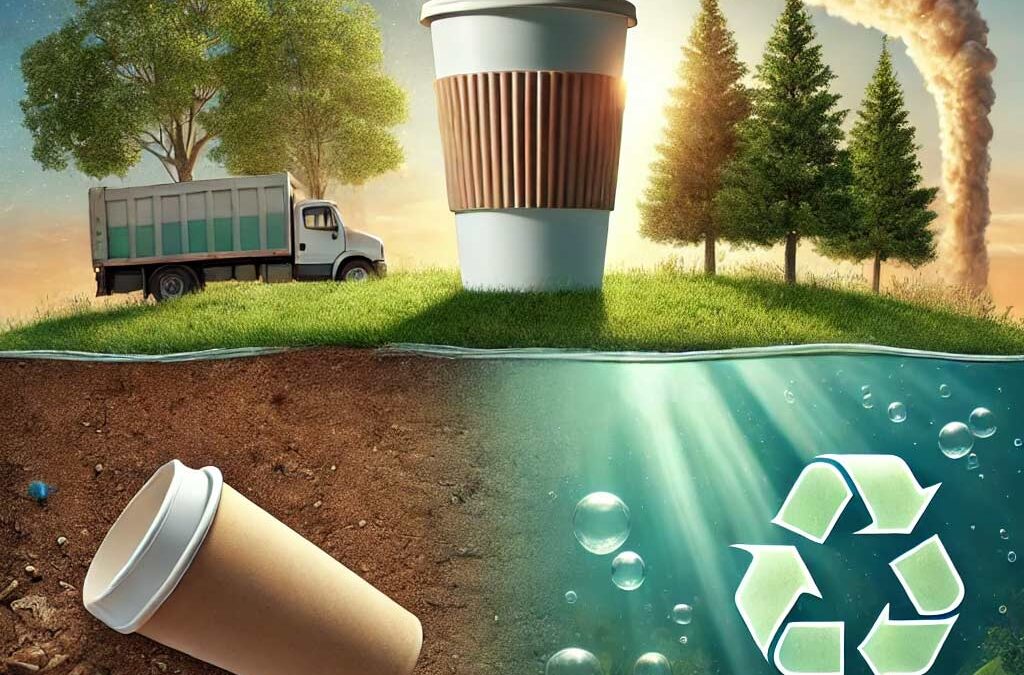Every day, millions of people kickstart their mornings with a steaming cup of coffee, often served in a disposable cup. While these cups offer convenience, their environmental impact is staggering. They take decades to decompose, contribute significantly to carbon emissions, and fill landfills to alarming levels. But the good news is, we can change this narrative. By understanding the problem and exploring sustainable alternatives, we can enjoy our coffee while being kinder to the planet.
How Long Do Coffee Cups Take to Decompose?
One of the biggest issues with disposable coffee cups is their longevity in landfills. While they may seem like lightweight, harmless waste, these cups are lined with plastic to prevent leaks, which slows down their decomposition. On average, a single coffee cup can take 20 to 30 years to break down. This means that the coffee cup you tossed out today will likely outlive the next two decades of your life.
Key takeaway: Reusable cups or compostable alternatives can drastically cut down on waste that persists for decades.
The Carbon Footprint of a Single Cup of Coffee
Beyond the waste issue, coffee cups also contribute to carbon emissions. Research shows that the production and disposal of one cup of coffee generates approximately 0.4 kilograms of CO2e. Multiply that by the billions of cups used globally every year, and the carbon footprint is colossal.
This footprint includes:
- Materials used in production
- Energy consumed during manufacturing
- Transportation emissions
- Landfill decomposition

Solution: Switching to reusable mugs or opting for cups made with eco-friendly materials can significantly reduce this impact. Additionally, many cafes now offer discounts to customers who bring their own cups—a win-win for both your wallet and the planet.
Coffee Cups and Landfill Waste: A Growing Problem
A shocking 90% of disposable coffee cups end up in landfills. This statistic highlights the inefficiency of recycling systems, as most cups are difficult to recycle due to their plastic lining. The sheer volume of waste not only takes up valuable landfill space but also releases harmful methane gas during decomposition, exacerbating climate change.
Simple actions to reduce landfill waste:
- Carry a reusable cup with you when on the go.
- Support cafes that use compostable cups.
- Encourage community-wide recycling initiatives.
Positive Solutions for a Greener Future
Despite these challenges, there’s hope. Small changes in individual and corporate behaviors can lead to significant environmental improvements. Here are some solutions that are already making a difference:
- Reusable Cups: Many brands now sell stylish, durable mugs that are perfect for coffee lovers.
- Innovative Materials: Some companies are exploring biodegradable and compostable coffee cups that decompose quickly without harming the environment.
- Incentive Programs: Cafes offering discounts or rewards for customers who bring reusable cups can inspire change.
- Education and Awareness: The more people understand the environmental costs of disposable cups, the more likely they are to seek alternatives.
By combining these strategies, we can dramatically cut down on the waste and emissions caused by disposable coffee cups.
From Landfills to Lattes: Let’s Brew a Sustainable Future Together
With small, everyday actions, we can all contribute to a healthier planet. The next time you grab a coffee, think about how you can make an eco-friendly choice. After all, every little bit counts when it comes to saving the environment—and enjoying your coffee guilt-free makes it taste even better.


